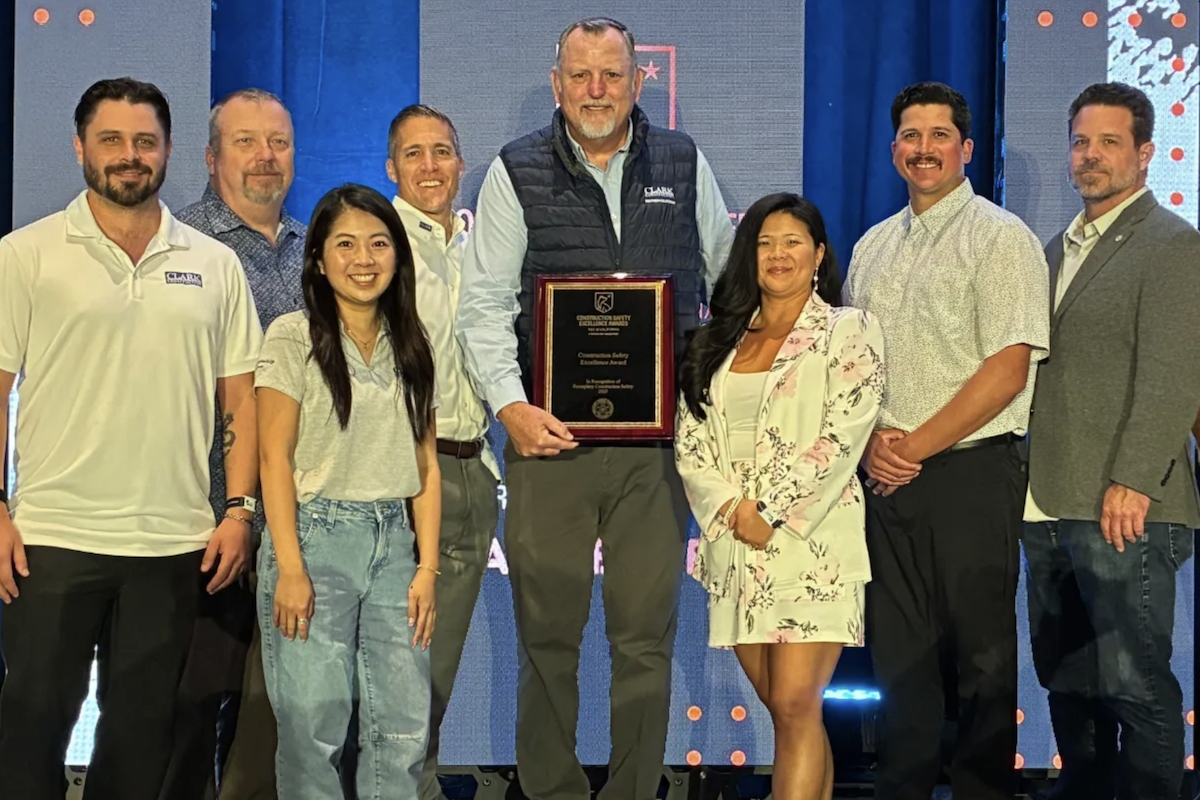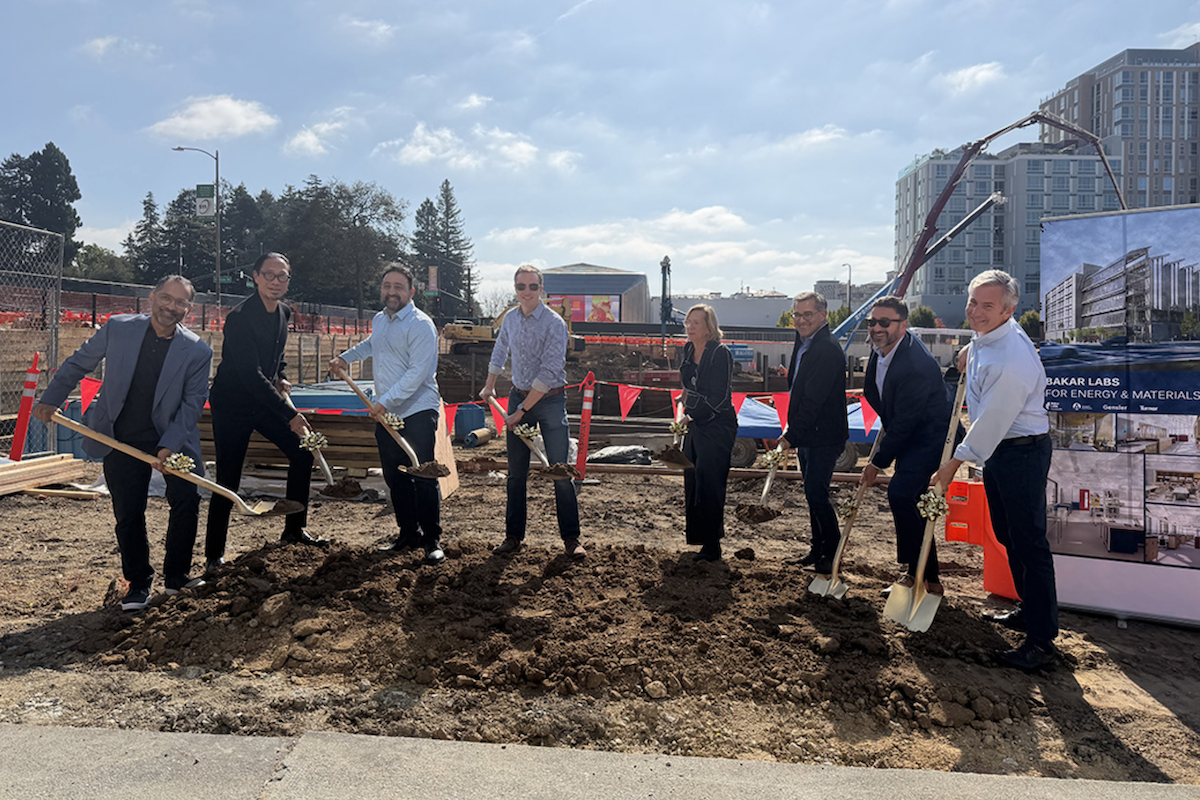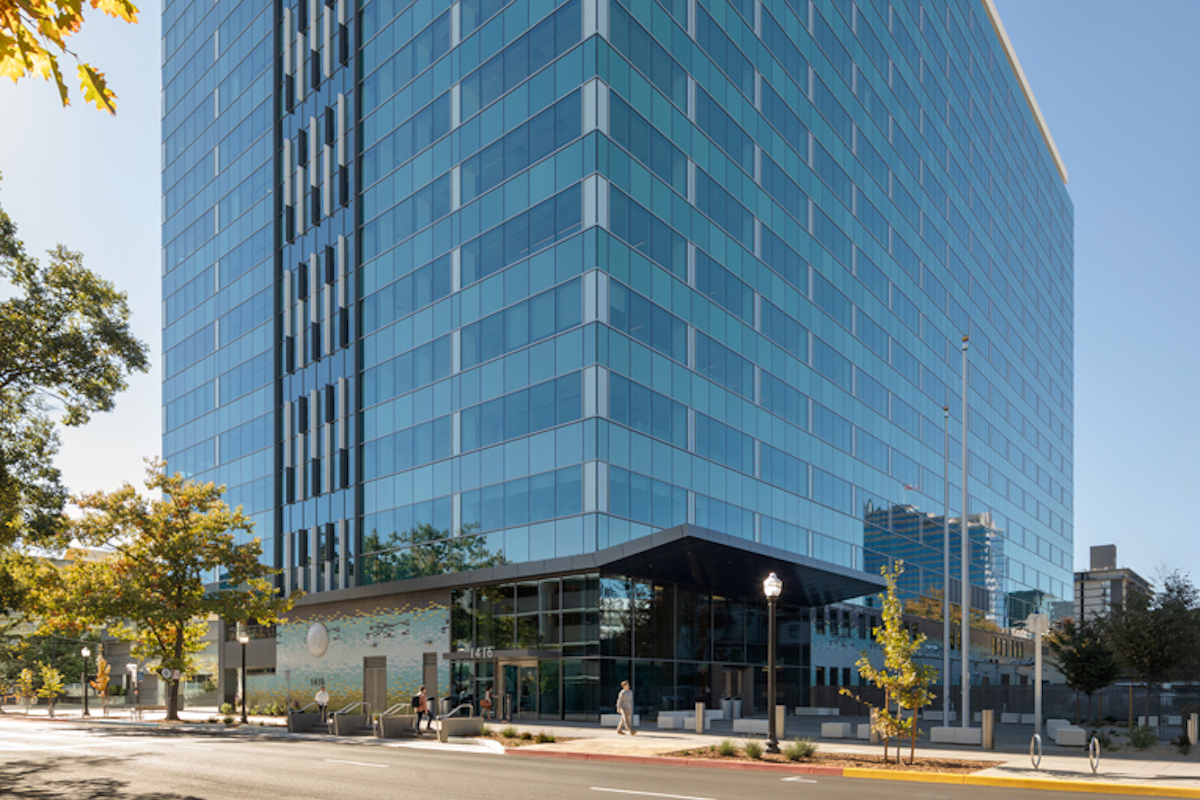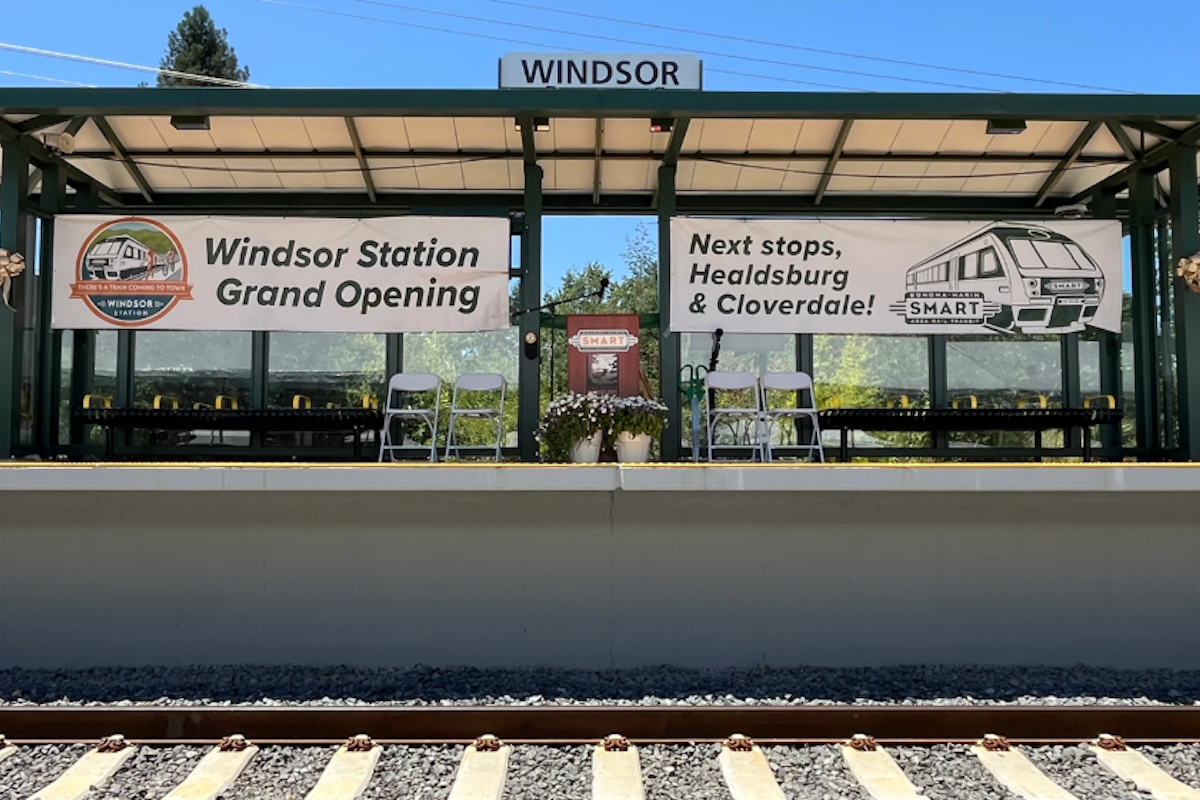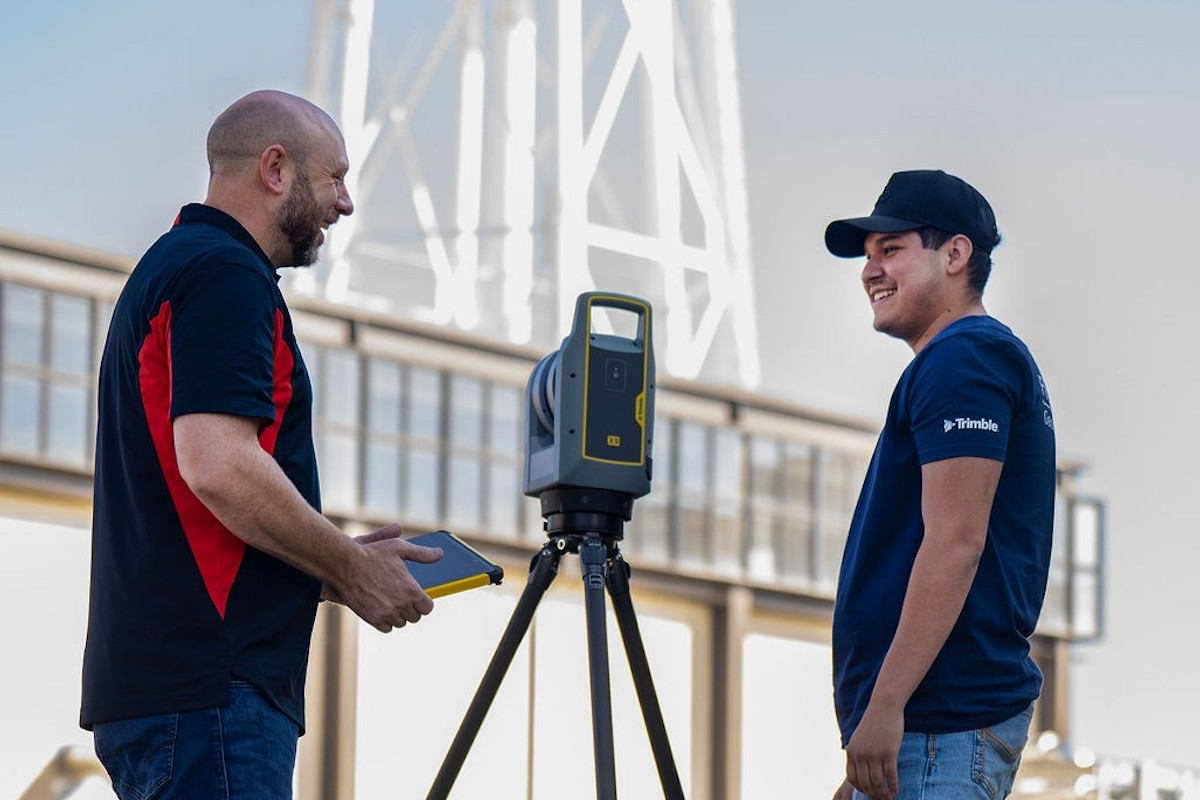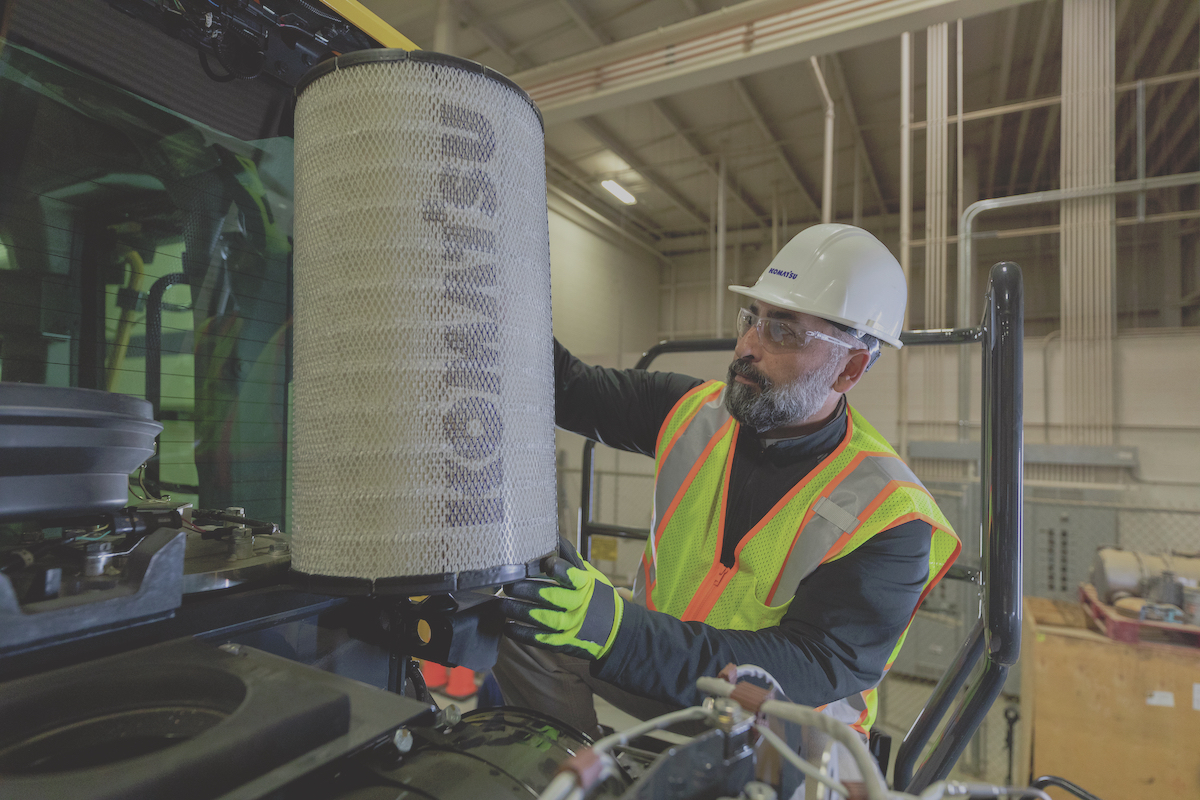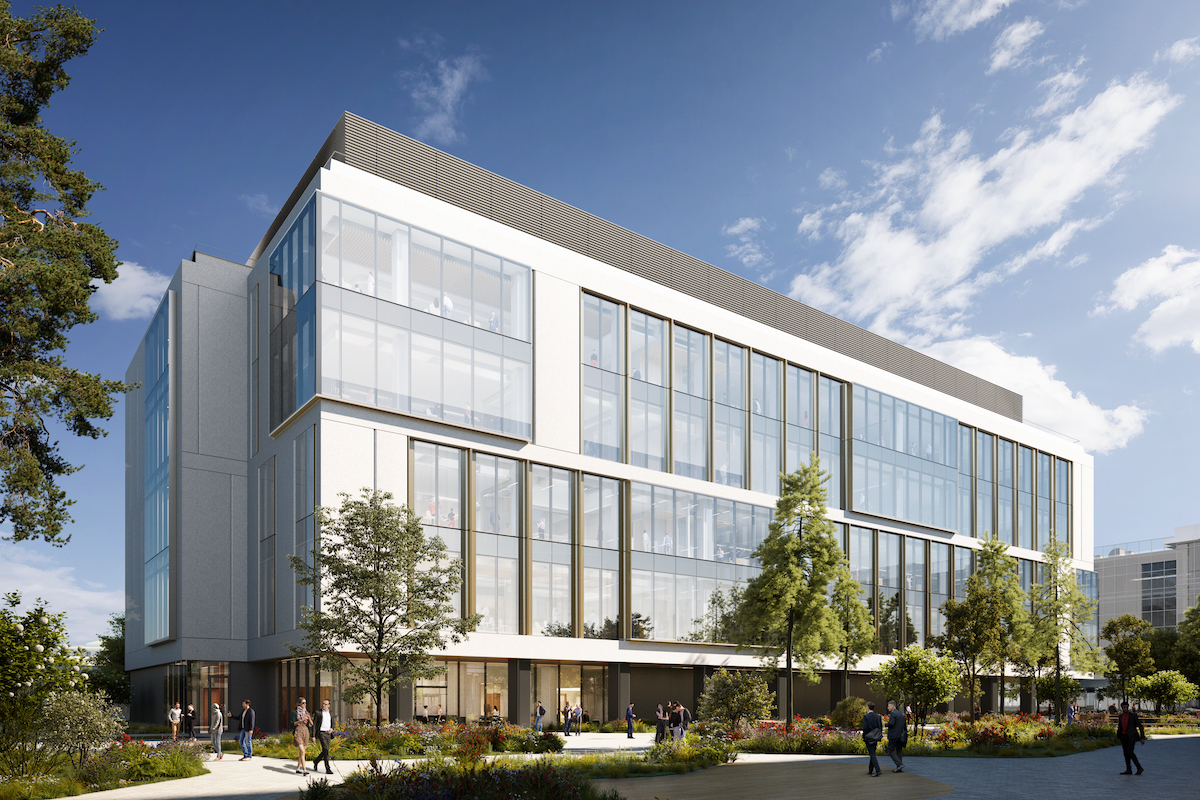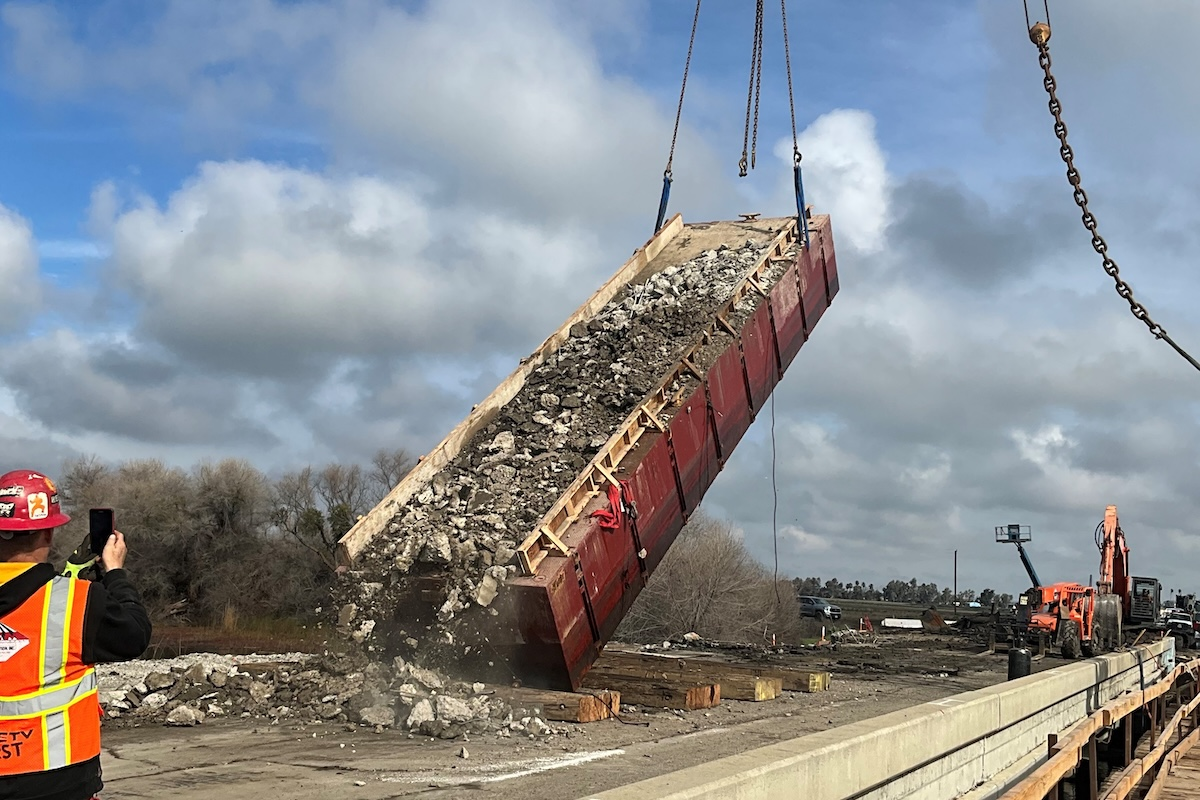Along the 9-mile project area, there are severe concrete deterioration and “blowouts,” particularly during extreme summer temperatures. Originally paved in the 1950s, the stretch of highway has triggered drivers to have travel issues, including flat tires. It has also resulted in emergency lane closures, often during the peak traffic of summer months.
“At this point, the roadway can only be patched at this time to maintain it,” said Brad Swanson, Construction Engineer for MDOT’s Gaylord Transportation Service Center (TSC).
The concrete, both north and south of the project area, was updated previously.
The team is performing a total rehabilitation, including pavement reconstruction, drainage improvements, and guardrail replacements along the project area. They will remove the old concrete, which is roughly 9 inches thick.

| Your local Trimble Construction Division dealer |
|---|
| SITECH West |
| SITECH Southwest |
Some soils need to be dug down since they cannot support the roadway. This requires the team to dig down an additional 1.5 to 2 feet and replace the soil with a mixture of sand and rock, which is more suitable for the area conditions and the wear and tear that the roadway faces.
The department’s website also said that it “transports up to 540,000 barrels — or 22.68 million gallons — per day of light crude oil and natural gas liquids. ... Some of the natural gas liquids are refined into propane and used in the Upper Peninsula, while other products are routed for processing at oil refineries in Detroit and Toledo, Ohio. The remainder crosses the St. Clair River for processing in Sarnia.”
The crucial east-to-west pipeline crosses the north-south I-75 in two places within the project area. Working around the pipeline can be a bit intimidating at first, according to Ryan McQuestion, a Superintendent with J & N Construction, who is working on the project. “Once we got the system down, it minimized the unease,” he said.
Enbridge, which has representatives monitoring the project, instructed the team on how to work around Line 5. McQuestion and J & N Construction have worked around gas lines in the past, but the diameter of those pipelines did not exceed 6 inches.
The team takes special precautions around Line 5, using low-ground pressure equipment and avoiding the use of vibe rollers. “We use the same rollers, but do a static roll,” McQuestion said. “It takes longer to get the needed density of gravel/sand that we aim for, so we need to do a higher pass count.”
The team is required to maintain three lanes of traffic. To meet this requirement, they expanded the shoulder on the southbound side from 2 to 8 feet. “Technically, this is a three-year project,” McQuestion said. “The first year of construction was spent widening the shoulder and building directional crossovers.”
Once completed, traffic was shifted to the southbound roadbed. The additional width of the shoulder enabled the team to split the southbound side into three lanes.
The direction of the lanes changes depending on the day of the week. From Wednesday through Saturday, there are two northbound lanes and one southbound lane. At some point on Saturday through Tuesday, the lane division is switched to two southbound lanes and one northbound lane.
The decision about when to divide the lanes is based on traffic flow. People head north to the Upper Peninsula at the end of the week and return south to the Lower Peninsula at the beginning of the week.
The team uses a movable barrier wall as a divider. “This is unique, as we rarely use it in the state,” McQuestion said. The temporary steel barriers from Lindsay Infrastructure, include one barrier (made up of multiple sections) that is 4 miles long and a second barrier (also made up of multiple sections) that is 5 miles long.
According to the Lindsay Infrastructure website, the “movable steel barrier provides high portability and low deflection for short work zone durations without ground anchoring. The ArmorGuard barrier can be quickly and easily opened and positioned without requiring electricity or heavy equipment.” The barrier walls used on the project were 3 feet in length and composed of concrete.
“There is lots of dirt to excavate, and we have the equipment and people to do this type of job,” McQuestion said.
The project area is also just 45 minutes from the company headquarters, so they are quite familiar with the terrain.
The $52 million project (construction contract value) is being financed by the traditional 80/20 split between the federal and state governments. As of the writing of this article, the project was less than 1 percent over budget. The team has managed to stay on budget, according to McQuestion, because they have faced no significant dilemmas. Both the soil conditions and the bridge piers have been in the condition that the plans/specs noted.
The team began widening the south side shoulder and clearing trees in the project area in the summer of 2022 and completed the work in the fall of that year. This allowed them to begin constructing the project in earnest in the spring of 2023. McQuestion anticipates the project to be substantially complete in the summer of 2024, with traffic flowing on both sides of I-75.
“This project should wrap up in early October, a few weeks ahead of schedule,” McQuestion said.
Swanson attributes the timing to lessons learned from the first half of the rebuilding that has been applied to this year’s work. He anticipates that I-75 will reopen well before winter hits.
Once the project is complete, this stretch of I-75 will no longer cause the motoring public travel issues, such as pothole-induced flat tires. As the primary corridor to northern Michigan and the gateway to the Upper Peninsula, rebuilding this segment of I-75 helps ensure that residents, commercial drivers, and tourists can travel this corridor safely and comfortably for decades.
In addition, the Cheboygan County and Emmet County (the next county over) road commissions will spend less time maintaining the road, freeing the crew to focus on other infrastructure challenges in the respective counties.
- Owner/Designer: Michigan Department of Transportation
- General Contractor: J & N Construction, Gaylord, Michigan
- Other Key Contractors: Rieth-Riley, Goshen, Indiana; S. Hayes, Inc., Leroy, Michigan; P.K. Contracting, LLC, Troy, Michigan; Give ‘Em A Brake Safety, LLC, Grandville, Michigan; Dale Dukes & Sons, Inc., Big Rapids, Michigan
Photos courtesy of Michigan Department of Transportation

























